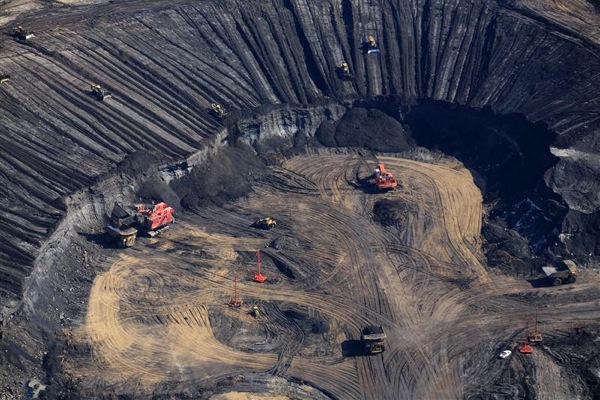
Experts say the main reason behind such debacle is a combination of steadily rising production, pipeline constraints and an unexpected outage at a U.S. refinery. (Image from archives)
Prices for crude from Canada’s oil sands continues to fall victim of the global oil price rout, getting dangerously close to hit $20 per barrel, the lowest level in 12 years.
The value of oil from Alberta has dropped over 50% since June, Financial Times (subs. required) reports, citing as the main reason behind such debacle a combination of steadily rising production, pipeline constraints and an unexpected outage at BP’s Whiting refinery near Chicago, which may need one month to repair.
Meanwhile, Enbridge (NYSE, TSX:ENB) shut down both its Line 55 Spearhead pipeline and nearby Line 59 Flanagan South pipeline, following a crude oil leak in Missouri on Tuesday.
“At today’s prices, the typical producer is just able to cover variable costs, but they would be losing money for each barrel they produce,” said Jackie Forrest, a vice-president with ARC Financial, who monitors trends in the Canadian oil and gas industry.
These oil companies still have other costs to cover such as royalties and debt payments.
The effects of the price drop has spread beyond the oil market into Canada’s economy, forcing the central bank to twice cut interest rates, driving the local dollar to a decade low and impacting the debate ahead of October’s federal election.
If low prices persist, they would reduce that oil sands growth forecast. After a year of slumping oil prices, the Canadian Association of Petroleum Producers recently cut its forecast of oil production in 2030 by more than one million barrels a day — though it would still be 1.7 million barrels a day higher than it is currently.